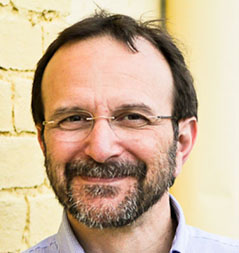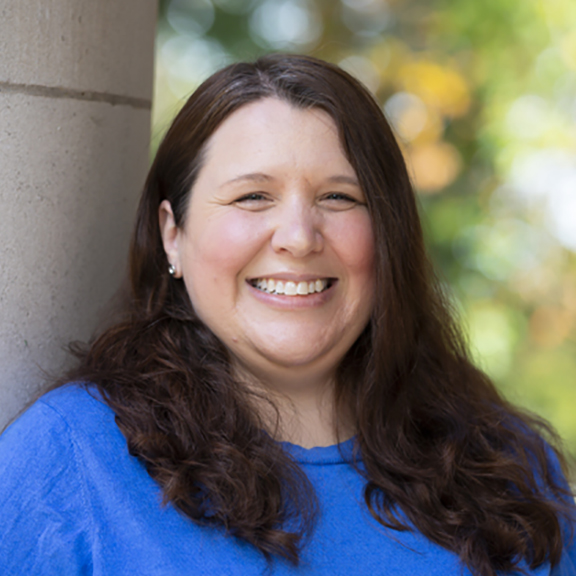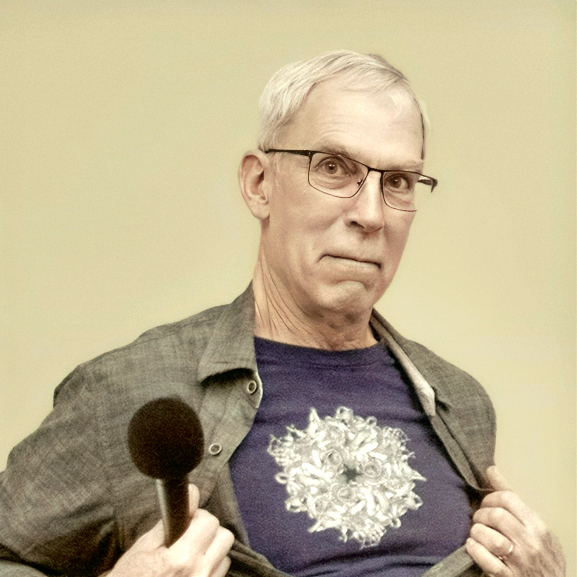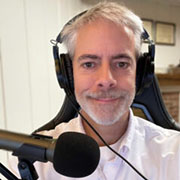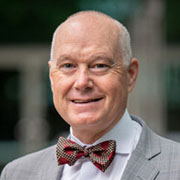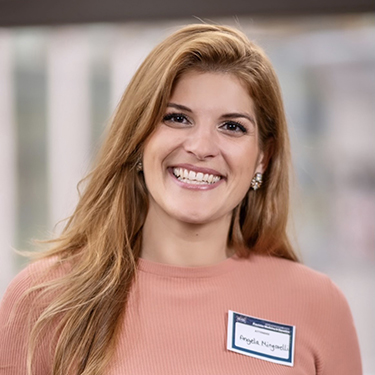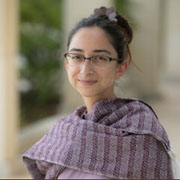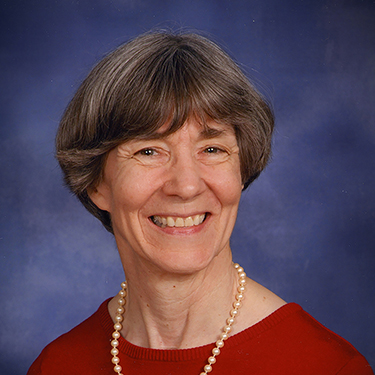The TWiV team discusses Medusavirus, isolated from a hot spring in Japan, and induction of hallmarks of neurodegeneration by recurrent herpes simplex virus 1 infection of mice.
Vincent travels to Microbiotix, Inc, a biopharmaceutical company in Worcester, MA to speak with four members of the company about their discovery and development of small molecule drugs that target serious infectious diseases.
The TWiVers present mitoviruses, which infect mitochondria, and how quasi-enveloped hepatitis A virus gets naked again.
The TWiVstars reveal the diversity of herpes simplex virus type 2 in a neonatal population, and parallel adaptation of rabbits in three countries to myxoma virus.
The TWiV hosts present two potentially seminal papers, on long-distance chemoattraction of a host by a chlorovirus, and replication of a nanovirus across multiple cells in a plant.
TWiV travels to the University of Iowa to speak with Wendy Maury and Stanley Perlman about their research on Ebolavirus entry and coronavirus pathogenesis.
The Scholars of the Podcast reveal ribosomal proteins encoded in viral genomes, and a protein cell receptor for bat influenza viruses.
Vincent and Alan travel to Tufts Veterinary School where they meet up with members of the Runstadler lab to talk about their work on influenza virus circulation in water birds and seals.
The TWiV team discuss the use of quantum dots to study uncoating of influenza virus in real time, and induction of endothelial dysfunction by flavivirus NS1 proteins in a tissue-specific manner.
The TWiV crew reveal a unique portal on the calcivirus capsid formed upon receptor engagement, and the regulation of interferon responses in virus-infected cells by methylation of mRNA.

